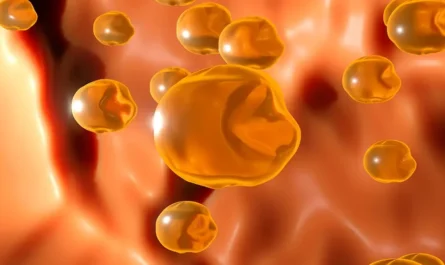
Both vitamins and minerals are needed by the body in very small amounts to trigger the
thousands of chemical reactions necessary to maintain good health. Many of these chemical reactions
are linked, with one triggering another. If there is a missing or deficient vitamin or mineral
anywhere in this chain, this process may break down, with potentially devastating health effects.
- The most prominent function of the vitamins and minerals is that they act as cofactor.
- Along with their many functions, they enhance the body’s use of carbohydrates, proteins, and fats.
- They are critical in the formation of blood cells, hormones, nervous system chemicals known as neurotransmitters, and the genetic material deoxyribonucleic acid (DNA).
“A vitamin is any of the organic compounds the body requires in small amounts to maintain health and function properly.”
Vitamins are classified into two groups: fat-soluble and water-soluble.
Fat-soluble vitamins include vitamins A, D, E, and K, which are usually absorbed with the
help of foods that contain fat. Fat containing these vitamins is broken down by bile, a liquid released by the liver, and the body then absorbs the breakdown products and vitamins.
Excess amounts of fat-soluble vitamins are stored in the body’s fat, liver, and kidneys.
Because these vitamins can be stored in the body, they do not need to be consumed every day to meet the body’s needs.
Water-soluble vitamins include vitamin C (also known as ascorbic acid) and vitamin B complex.
Vitamin B is composed of eight vitamins, but they are grouped together as vitamin B complex.
The B-complex vitamins are B1 (Thiamine), B2 (Riboflavin), B3 (Niacin), B5 (Pantothenic acid),
B6 (Pyridoxine), B7 (Biotin), B9 (Folic acid) and B12 (Cyanocobalamin).
These cannot be stored and rapidly leave the body in urine if taken in greater
quantities than the body can use. Foods that contain water-soluble vitamins need
to be eaten daily to replenish the body’s needs. Following table enlists various
vitamins, their sources health benefits and effects of their deficiency or excess in the body.




